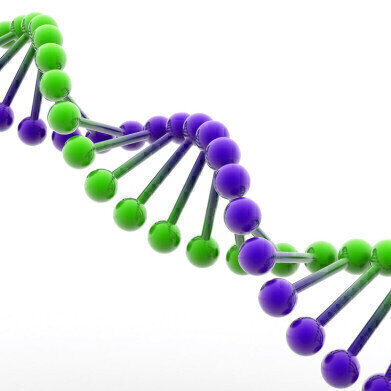HPLC, UHPLC
Oligonucleotide Separations with RP Phases
Feb 04 2019
Therapeutic oligos represent an important area of research in the pharmaceutical industry today. These drug candidates are typically 8-50 nucleotides long and contain single-stranded DNA or RNA. Oligonucleotides are typically analysed using ion-pairing chromatography. Oligonucleotides are easily degraded via phosphodiester-cleaving enzymes. However, with a thiophosphate modified phosphate group, the stability significantly increases. Phosphorothioate modified oligos will have a stereocenter at each modified phosphate group, leading to 2n-1 diastereomers, all with an individual retention time in the chromatography. For a 20-nucleotide long oligo, that’s 524 288 species present. The partial resolution of these species results in peak broadening, further complicating chromatographic separation. To resolve the problem, ion-pairing agents with longer alkyl chains can be used.
In a study of the influence of stationary phase and ion-pairing agent on the separation of oligos, Kromasil Phenyl showed to be a very good choice when separating oligonucleotides in general, exhibiting very sharp peaks, and good selectivity.
View these applications on www.kromasil.com/oligos.
Digital Edition
Chromatography Today - Buyers' Guide 2022
October 2023
In This Edition Modern & Practical Applications - Accelerating ADC Development with Mass Spectrometry - Implementing High-Resolution Ion Mobility into Peptide Mapping Workflows Chromatogr...
View all digital editions
Events
Apr 28 2024 Montreal, Quebec, Canada
May 05 2024 Seville, Spain
May 15 2024 Birmingham, UK
May 19 2024 Brno, Czech Republic
May 21 2024 Lagos, Nigeria














